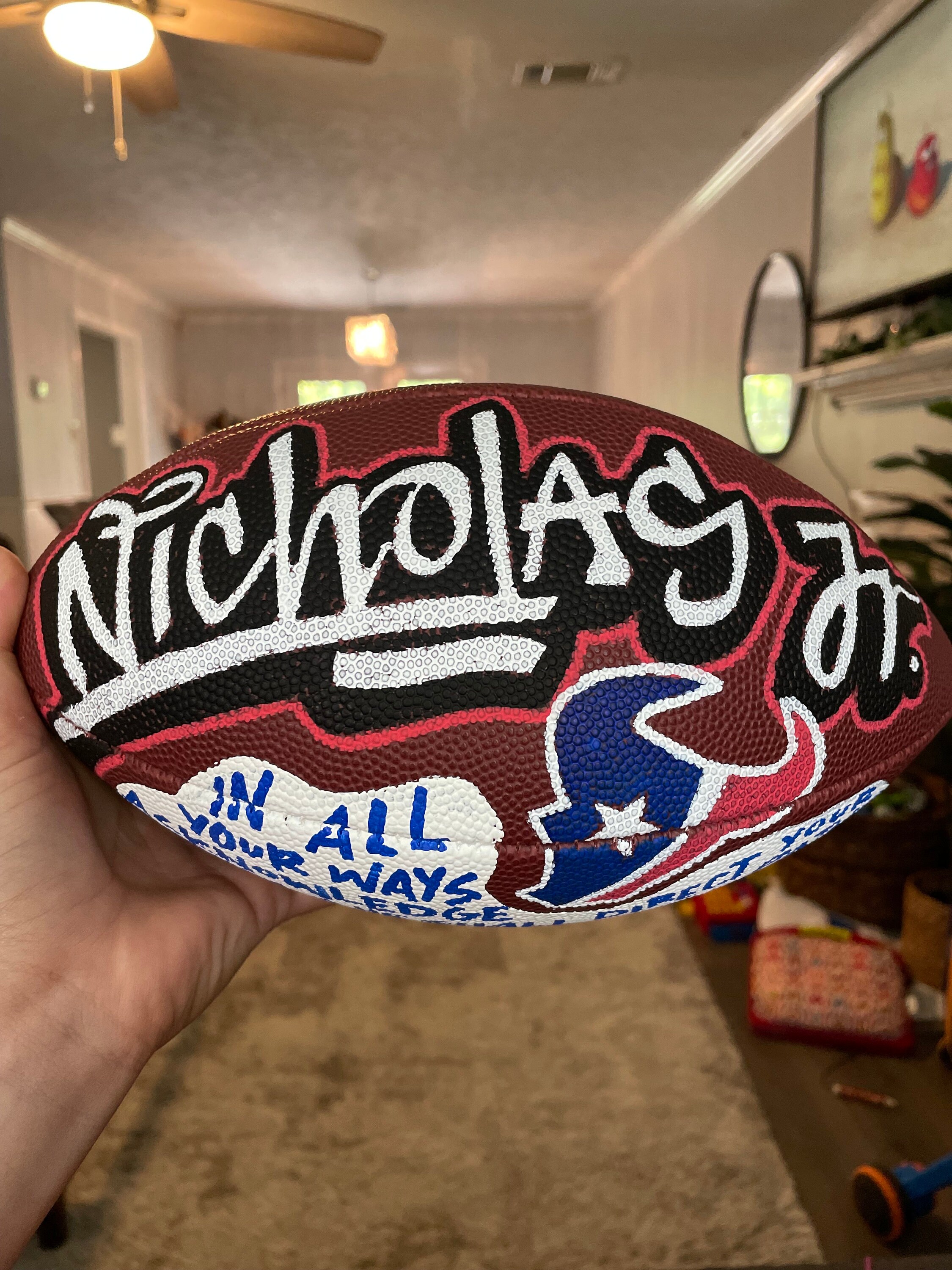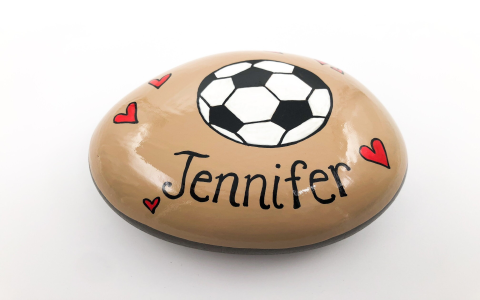Defining Painted Footballs
Painted footballs refer to footballs that have been artistically altered or customized with paint, distinct from standard manufacturing colors or markings. This practice transforms a standard piece of sporting equipment into a unique item, often for display or collection.
Primary Uses of Painted Footballs
- Customization and Collectibles: Creating personalized memorabilia for fans, commemorating specific events, teams, or players. These items typically serve as display pieces or cherished keepsakes.
- Artistic Medium: Utilizing the football’s unique three-dimensional, often textured, surface as a canvas for intricate designs, portraits, abstract art, or thematic illustrations.
- Promotional and Corporate Items: Custom-painted footballs can function as high-impact promotional tools, unique corporate gifts, or awards, often featuring brand logos, event-specific artwork, or personalized messages.
Materials and Application Techniques
The selection of appropriate paints and application methods is crucial for achieving desired aesthetics and ensuring the longevity of the artwork on a football’s surface, which is typically leather, composite leather, or synthetic material.
Recommended Materials:

- Acrylic Paints: Versatile and widely used, often mixed with a fabric or textile medium, or a leather paint additive, to enhance flexibility and adhesion, preventing cracking.
- Specialized Leather Paints: These are specifically formulated for leather and synthetic leather surfaces. They offer superior adhesion, flexibility, and durability, resisting cracking and peeling even with minor flex of the ball.
- Paint Markers: Oil-based or acrylic paint markers are suitable for fine details, lettering, signatures, and intricate line work. Ensure compatibility with the base paint and sealant.
Application Process:
A meticulous application process ensures the best results:
- Surface Preparation: The football must be thoroughly cleaned to remove any dirt, oils, grease, or factory gloss. An alcohol-based cleaner or a specialized leather preparer is often used. Lightly scuffing smooth surfaces can improve paint adhesion.
- Priming (Optional but Recommended): Applying a suitable primer, especially for leather or vinyl, can significantly improve paint adherence and the overall durability of the artwork.
- Painting: Paint can be applied using various techniques such as hand-brushing for detailed work, airbrushing for smooth gradients and even coats, or stenciling for precise logos and text. Multiple thin, even coats are generally more effective than single thick coats. Allow adequate drying time between coats.
- Sealing: Once the paint is fully cured, applying a clear protective sealant or varnish is essential. This topcoat protects the artwork from abrasion, moisture, dirt, and UV damage. Sealants are available in matte, satin, or gloss finishes.
Considerations for Painted Footballs
While most painted footballs are intended for display, certain factors are important, especially if the ball might be handled:
- Flexibility of Paint and Sealant: Ensure that the chosen paints and sealants can withstand minor flexing of the ball’s surface without cracking or peeling. This is particularly important for softer footballs.
- Impact on Texture and Grip: The applied layers of paint and sealant will alter the ball’s original surface texture and grip. This is a primary reason why heavily painted balls are not suitable for gameplay.
- Durability Against Abrasion: Even with a quality sealant, intricate painted designs are susceptible to damage from rough handling, impact, or attempts at actual play. Careful handling and appropriate display are key to preservation.



